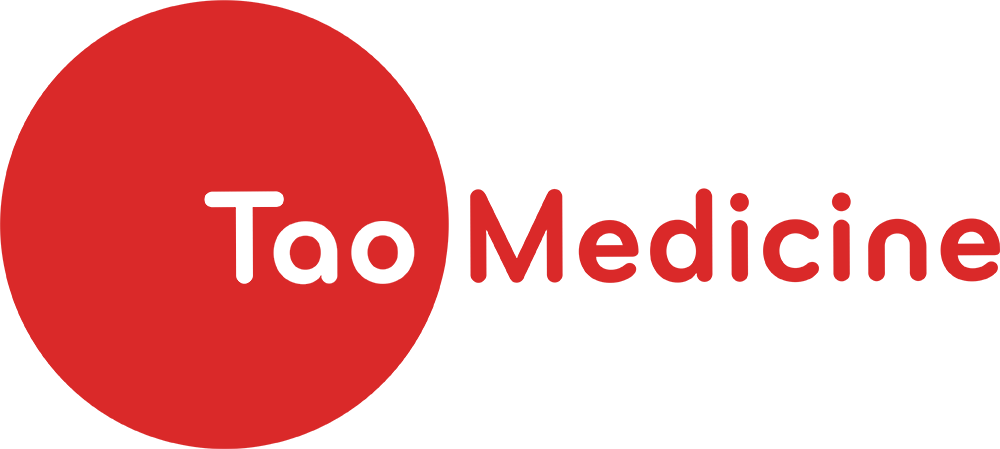Pregnancy and birth are a kind of adventure in the pursuit of creating life. And like many real-life adventures, it isn’t without its challenges. If pregnancy is not a disease, on the contrary, the fact remains that during this period, the maternal organism undergoes a whole series of physiological, anatomical, metabolic and psychic changes, which create a very peculiar state requiring constant adaptation. While some women have an easy pregnancy till the very end, many others can encounter difficulties at some point during this period in their lives.
Acupuncture during the course of pregnancy
Being primarily a preventive medicine, acupuncture can play a very effective role during the course of pregnancy. It has a major advantage in avoiding or minimizing the use of drugs whose teratogenic effects can be a concern, especially the risk of fetal malformations. Additionally, acupuncture sessions allow the pregnant woman to take time out, to rest, to lie down, to relax, all things that have a beneficial effect and encourage her to take care of herself during a demanding period of her life. The pregnant woman will benefit from consulting an acupuncturist, who, by taking a pulse, conducting an oral examination and asking questions, can detect various pregnancy disorders. Early identification of an imbalance allows for easy treatment, thus preventing future complications.
During pregnancy, acupuncture can:
- relieve nausea and vomiting
- relieve anxiety and stress
- treat nosebleeds
- treat sinusitis related to pregnancy
- treat carpal tunnel related to pregnancy
- treat constipation
- treat circulation disorders, swelling and heaviness in the legs
- relieve lower back pain, sciatica, abdominal and pelvic pain
- prevent certain threats of preterm labor (TPTL)
- treat oligoamnios (insufficient amniotic fluid)
- modify the position of the fetus in case of breeching, ideally between the 30th and 34th week of pregnancy.
Preparation for childbirth:
- encourage the inducement of labor if the term is exceeded
- promote flexibility of the neck and perineum
- stimulate uterine contractility
Acupuncture in a hospital setting
Acupuncture during hospital deliveries is a common practice in Europe and is becoming increasingly widespread in Quebec with the encouraging results. The combination of complementary medicines makes it possible to cope with emergencies while treating childbirth in a natural way.
Relief from labor pain
Birth is an important moment in life and women play a central role. Acupuncture performed during labor helps to alleviate pain thus facilitating the mother’s participation in childbirth. In addition to producing a relaxing effect, the treatments will facilitate the entire process of childbirth while reducing harmful consequences on the mother and the baby. It should be noted that acupuncture is not incompatible with epidural anesthesia, the two being sometimes complementary. In addition, acupuncture reduces labor time on average by 4 to 6 hours in women who give birth for the first time.
During childbirth, acupuncture can:
- reduce labor time
- relieve posterior, anterior and side pain
- stimulate fetal descent
- treat slowdowns in labor
- increase flexibility of the perineum
- reduce the risk of cesarean section and its associated discomfort
- decrease the need for medication (epidurals in particular)
- shorten the delivery period and treat retained placenta
After childbirth, acupuncture helps to:
- treat uterine trenches
- treat postpartum depression and ‘baby blues’
- reduce recovery time due to possible sequelae of childbirth (edema, episiotomy, hemorrhoids)
- treat breastfeeding problems (too much or not enough milk) and breast disorders
Frequency of treatments
Normally, a woman with a successful pregnancy should see her acupuncturist once a month until the end of the eighth month of pregnancy and once a week during the ninth month. These last sessions are intended to calm anxiety, relieve fatigue and promote flexibility of the perineum and cervix. Thus, pregnant women reach term in good physical and psychological condition. In addition, the acupuncturist can be present during childbirth and, if necessary, afterwards. In all cases, the acupunctural follow-up is adapted to the patient. There is no specific procedural model.
Source: https://www.acupuncture-quebec.com/informations-acupuncture/5-grossesse-et-acupuncture.html
